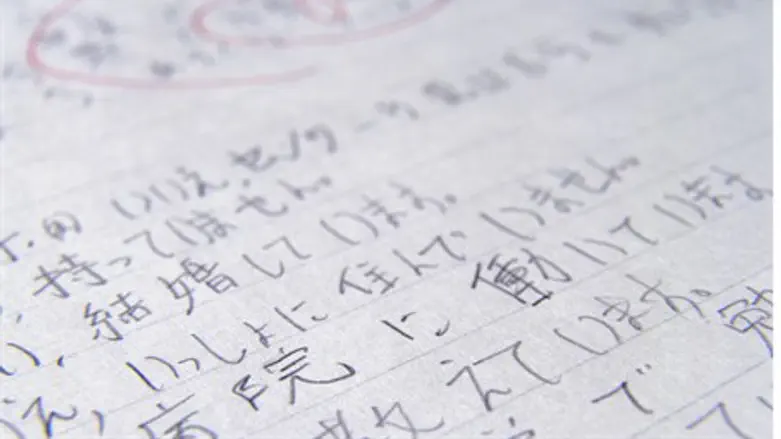
The mayor of a Japanese city that wants to register letters written by World War II kamikaze pilots as important global heritage, on Wednesday defended the plan, despite criticism it was glorifying war, according to AFP.
The city of Minami-Kyushu last year filed an unsuccessful application to include farewell letters written by the suicide fighters on a United Nations world memory list.
That outraged China, which condemned it as "an effort to beautify Japan's history of militaristic aggression."
Mayor Kampei Shimoide told reporters in Tokyo on Wednesday that he believed the notes - lodged in the spot from which many of the suicide missions were launched - bore testament to the brutality of World War II.
"Our project is in no way whatsoever being undertaken in an attempt to glorify, romanticize, or otherwise rationalize the historical legacy of tokko (kamikaze pilots)," he said. "We believe that our project... represents a significant step in the direction of realizing world peace."
After the original application was turned down by UNESCO, the city announced plans to try again, hoping to get more than 300 letters - including some written in the pilots' blood - inscribed on the UN agency's "Memory of the World" registry in 2017.
"UNESCO is a global authority, so the registry (of the items) would help many people learn about (the subject) and visit (the city)," said Shimoide.
"Once you visit (the museum), you will fully understand our stance."
The Chiran Peace Museum - named after the small Japanese town from which many kamikaze planes departed on their one-way flights - has collected memorabilia related to the missions since soon after the end of WWII.
The kamikaze - "divine wind" - program from Chiran, which ran from March until July 1945, was part of Japan's desperate final effort to turn the tide of a war they were badly losing as the United States and its allies drew closer to the Japanese mainland.
Hundreds of young pilots were ordered to fly their quickly-constructed planes into US warships in a bid to slow the American advance.
Many missed their targets, but the tactic caused terror among the US military and remains highly controversial.
The museum's co-curator, Mutsuo Kuwashiro, called the farewell letters the "valuable last words" of the pilots.
The re-application comes as Asia readies to mark the 70th anniversary of the end of WWII at a time that differing memories of the past continue to cause diplomatic friction.
Among documents on the UNESCO register is the diary of Anne Frank, written by the Jewish girl who hid in Amsterdam with her family in an attempt to avoid Nazi deportation. She died at the Bergen-Belsen concentration camp in Germany in 1945.